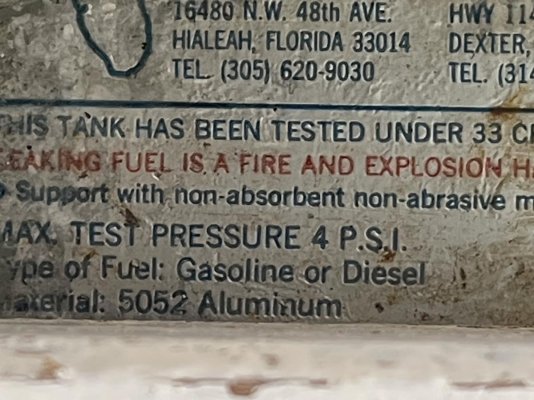Bongi
Veteran Member
- Joined
- Dec 6, 2021
- Messages
- 98
- Vessel Name
- Scatterlings
- Vessel Make
- Grand Banks 42C
Folks, this video by John over at Oxford Yacht Agency scares me a little as l consider how we can treat our water tanks to keep the water potable.
To be fair… I think our 1986 GB42C has steel water tanks and John was showing an aluminum tank from a more recent model GB36.
What should I be concerned about when adding a water sanitizing chemical, like a little bleach for example, to prevent contamination of our tank water?
I know the mild steel tanks should also be well cared for…lest they start corroding from the inside.
To be fair… I think our 1986 GB42C has steel water tanks and John was showing an aluminum tank from a more recent model GB36.
What should I be concerned about when adding a water sanitizing chemical, like a little bleach for example, to prevent contamination of our tank water?
I know the mild steel tanks should also be well cared for…lest they start corroding from the inside.

